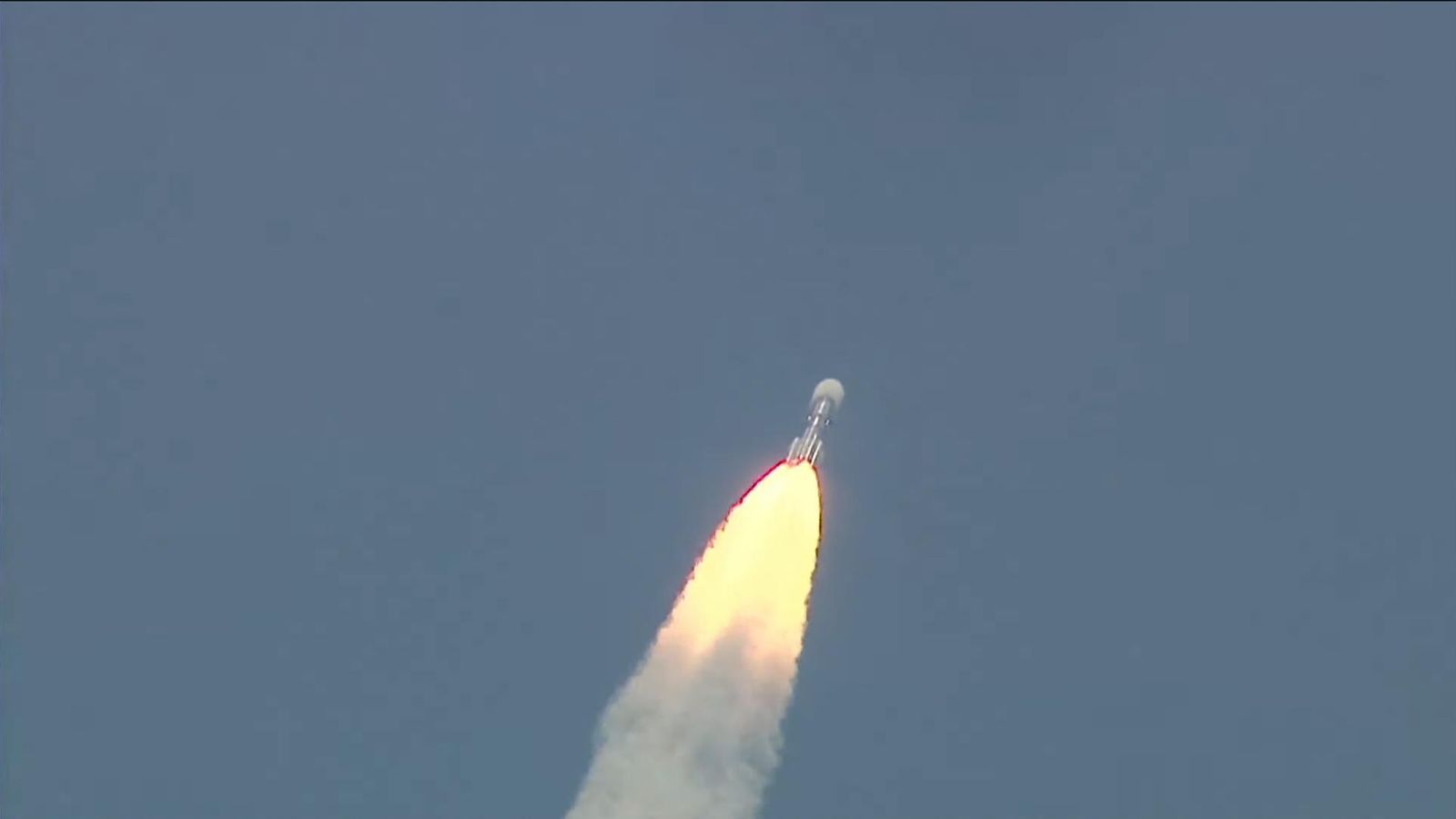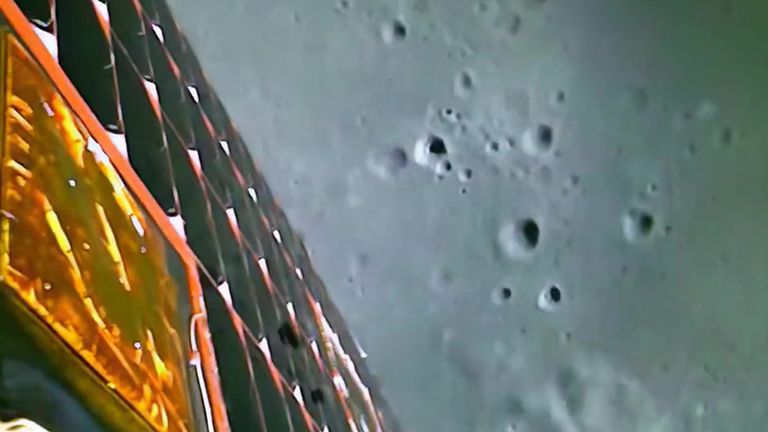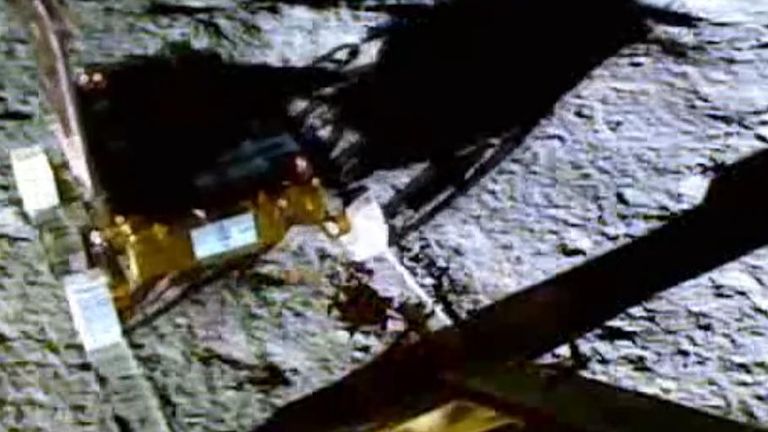Ten days after India’s success in landing the first ever spacecraft on the southern side of the moon, the country has launched ‘Aditya L1’, its first mission to study the sun.
The spacecraft was launched on the polar satellite launch vehicle rocket, from Sriharikota on the eastern coast of India at 11.50am local time.
According to the Indian Space Research Organisation (ISRO) the spacecraft will be placed in a Low Earth Orbit.
Subsequently, it will be launched towards the Lagrange point (L1) by using its onboard propulsion.
Aditya L1 will travel 1.5 million km for about four months and place itself in a halo orbit around the Lagrange point (L1) of the sun-Earth system.
It will stabilise in the orbit because of balancing gravitational forces.
According to ISRO the Aditya-L1 mission is the first space-based observatory-class Indian solar mission to study the sun’s atmosphere.
The spacecraft is carrying seven payloads to observe and study the photosphere (deepest layers of the sun), chromosphere (layer about 400 km and 2,100 km above the photosphere) and the corona (the outermost layers of the sun).
Using electromagnetic and particle and magnetic field detectors, it aims to study solar winds, which can cause disturbance on Earth and are commonly seen as “auroras”.
Long-term data from the mission could help better understand the sun’s impact on Earth’s climate patterns.
Read more:
India takes ‘walk on the moon’ as rover makes historic first steps
Here’s what we learnt from India’s moon lander mission
Visible Emission Line Coronagraph (VELC), the primary payload on board the Aditya L1 has been designed is such a way that it will be sending large data of spectral lines continuously.
Every day it will send 1,440 images – meaning every minute an image of the sun will be sent to ground stations where it will need to be read, studied, processed and disseminated to scientists across the world.
Every storm that emerges from the sun and heads towards Earth passes through L1.
A satellite placed in that halo orbit around L1 of the sun-Earth system has a major advantage of continuously viewing the sun without any eclipse.
This will provide a greater advantage of observing the solar activities and its effect on space weather in real time.
Prime Minister Narendra Modi was feted and congratulated by world leaders while attending the BRICS summit in South Africa when India became the first country to have a spacecraft land on the southern region of the moon.
He said “the success of Chandrayaan-3 is not only the victory of India, it is the triumph of the entire humankind”.
Today’s ambitious launch is just a few days away from the largest gathering of global leaders in New Delhi for the G20 Summit – an opportunity for Mr Modi to showcase India’s prowess in its successful low budget space program.
With a budget of about $74m (£57.7m) the Chandrayaan-3 moon mission was cheaper than even fake-space ventures, like Hollywood movies Gravity and The Martian, which both cost more than $100m (£78.8m) to make.
And with every successful launch, the country joins the table as a prominent player in the community of global space exploration.


